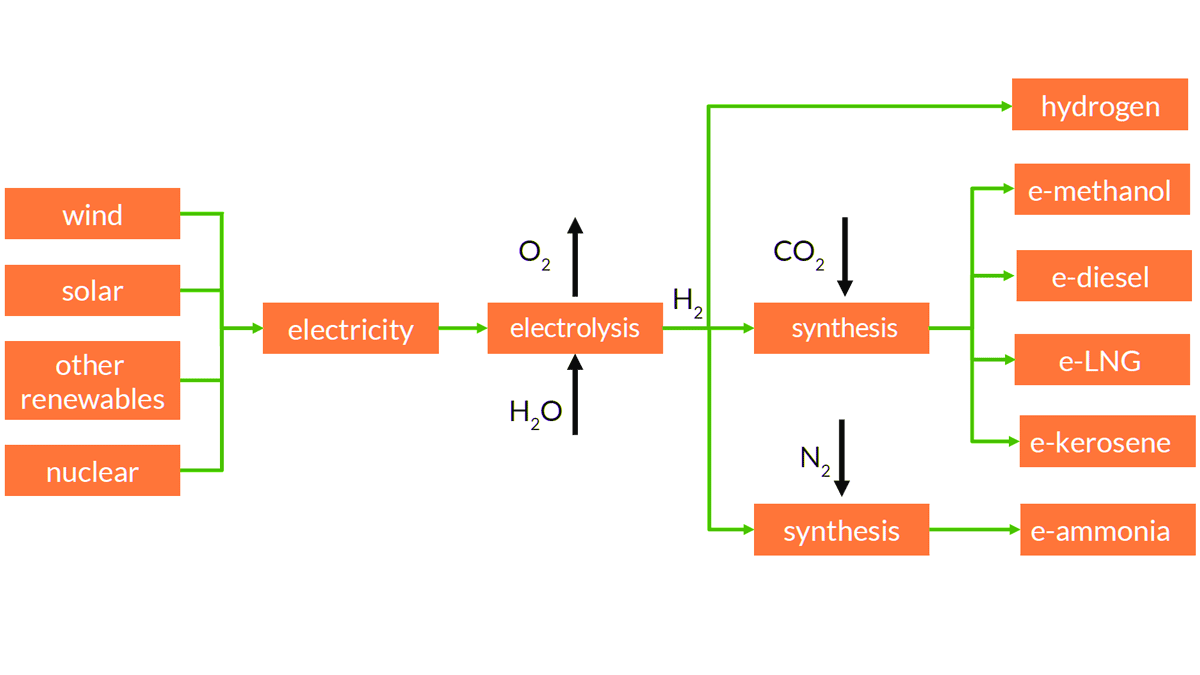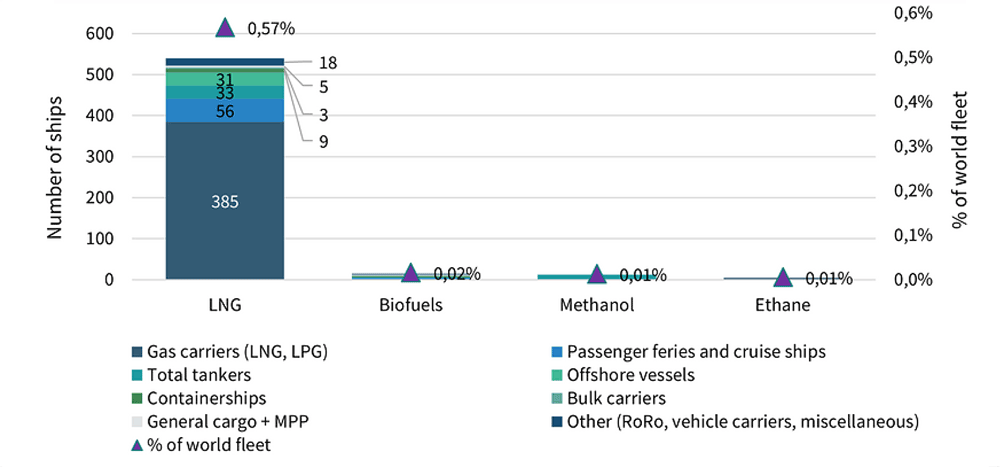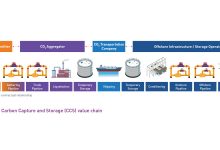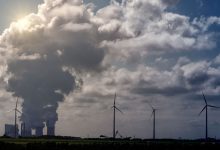Green Hydrogen Solutions for the Maritime Sector

Hydrogen, hydrogen-based fuels (such as ammonia) and hydrogen technologies offer tremendous potential for the maritime sector and, if properly harnessed, can significantly contribute to the decarbonisation and mitigate the air pollution of the worldwide fleet. Hydrogen Europe will be the catalyst in this process the decarbonisation and mitigate the air pollution of the worldwide fleet.
The pathway towards hydrogen and hydrogen-based fuels for the maritime sector does not come without technological and commercial challenges let alone regulatory barriers. Green hydrogen offers a perfect zero tank to wake emission solution and would benefit from a well to tank regulation. Too often, when considering decarbonisation of transport, the upstream emissions are not considered, and this has also been the case for the maritime sector.
Maritime shipping’s essential role in our global economy is indisputable, but it is a significant contributor to global air pollution that harms both human health and the environment. The fourth IMO GHG study estimates that international shipping emitted in 2018 approximately 17.1 million tonnes of NOx and 9.6 million tonnes of SOx.
However, it should be noted that the maritime sector has in recent years undertaken some significant steps to reduce air pollution. To reduce SOx emission, limits have been set on the sulphur content of the fuels. Emission Control Areas (ECAs) with stricter limits were established to minimize airborne emissions from ships. The SOx emission limits apply to the existing fleet and NOx emission limits were set for new build ships.
As of 1 January 2021, all ships built after that date and entering Europe Emission Control Areas (the Baltic, North Sea and English Channel) must comply to the Tier III standard set by IMO. This standard aims to reduce nitrogen oxide emissions by approximately 85% compared to the Tier II standard which currently applies. The only way to achieve this is with alternative fuels (e.g., hydrogen) with zero-emissions if fuel cells are used. NOx abatement technology is required if hydrogen is burned in internal combustion engines.
Shipping emissions expected to continue to grow
The shipping sector share of global emissions has reached 2.9% in 20184, surpassing the levels recorded the past decades with a peak in 2008. This shows, that even considering the ever-increasing energy efficiency of ships and though some improvement has been achieved, shipping is not on a trajectory to meet the 2050 ambition of reducing GHG emissions by 50%.
Assuming the COVID-19 pandemic has only a temporary effect on the world economy and trade, shipping is expected to continue to grow in the coming years and decades. As a result, although overall ships could improve their efficiency by a further 20% – 30% by technical and operational means – the growth in transport work will ensure that, even if those efficiency improvements are fully implemented, the absolute GHG emissions of the shipping sector will also continue to grow. The fourth IMO GHG study predicts that, in a business-as-usual scenario that includes only the continuation of efficiency improving actions, the absolute GHG emissions from shipping will remain stable at best but can potentially grow by more than 40%, depending on global GDP growth.

From fossil ships to zero-emission ships
The key questions are how to trigger the uptake of hydrogen and hydrogen-based fuels for shipping and how to step away from fossil fuels in the near term as widespread voluntary action by shipping stakeholders is unlikely due to significant cost penalties and IMO regulations mandating zero-carbon fuels are not on the horizon.
Heavy Fuel Oil (HFO) is the most used fuel in international shipping today and accounts for approximately 77% of all fuel burned in marine engines today, marine gas oil is the other main option. HFO is a residue from the refining industry, and it has a very high energy density.
From a more technical perspective, to succeed in the competition with currently used fossil fuels, alternative fuels will need to meet three characteristics:
- The first one is the large energy density. The energy density per volume unit of alternative fuel cannot compete with the energy density of existing marine fuels. As a matter of fact, it is the large energy-density of fuel oil (and the low price) that has made these fuels so successful in the past 100 years.
- The second very important characteristic is the availability and security of supply. Because shipping is a worldwide industry, alternative fuels need to be available all over the world, which is the case for current fossil fuels. This requires the building of a worldwide dedicated infrastructure network meeting the demand for various alternative fuels. The regulatory framework on alternative fuels and the lack of demand might raise hurdles on the path to develop said supply network. When there is a significant degree of market development for a certain fuel or energy carrier, new EU infrastructure obligations should be developed.
- Future alternative fuels will need to be GHG-neutral from well-to-propellor. Hydrogen Europe is convinced that there will be a need to consider the upstream greenhouse gas emissions. It is the only sensible way to tackle the decarbonisation of our society.
Fincantieri and Enel Green Power Italia Agreement
The definition of an integrated solution for the production, supply, management and use of green hydrogen for port areas and long-range maritime transport: this is the objective of the memorandum of understanding signed by Fincantieri and Enel Green Power Italia. The two companies intend to exploit their expertise and know-how in their respective sectors to identify possible sustainable and innovative solutions.
“The signing of this agreement” commented Carlo Zorzoli, Head of Business Development for Enel Green Power “represents a further step forward in Enel Green Power’s commitment to collaborating with operators interested in developing solutions for the use of green hydrogen in sectors where electrification is not possible, thus contributing to the energy transition process through the decarbonization of industrial activities”.
“The European goal of carbon neutrality by 2050 requires the creation of an industrial eco-system on which Fincantieri has been working concretely for some time through a series of operational agreements with the major Italian players for the realization of complex projects in a short time. In this way, we proactively respond not only to the Community demands that States must comply with, but we also consolidate our leadership position in the process towards a more sustainable economy and society,” Laura Luigia Martini, CEO Business Advisor and Executive Vice President Corporate Business Development of Fincantieri, said.
In particular, the two companies will evaluate the possibility of collaborating both in the supply of green hydrogen to naval, submarine and surface vessels, and to industrial users within the port area, including the design and construction of the necessary infrastructure elements, including storage, where necessary; and in the design and development of a system for the management of energy flows, including through the involvement of other companies from the respective groups.
Enel’s Eugenio Montale power plant in La Spezia (Liguria region) will be used as an initial test site for the activities covered by the agreement, thus launching a sustainable energy transition path for the site.
In the context of the energy transition, hydrogen can make a valuable contribution to the decarbonization of energy-intensive industries such as chemicals, aviation, maritime transport, and non-electrified railways, provided it is produced in a sustainable manner. Enel Green Power is committed to the creation and development of projects for the production and use of ‘green’ or ‘renewable’ hydrogen, derived from the electrolysis of water powered exclusively by renewable electricity. The Group has therefore started studying new business models that include the supply of green hydrogen for the decarbonization of industrial sectors, with partnerships and projects already being developed in Italy, Chile, the United States and Spain.
This MoU can successively undergo future binding agreements defined according to applicable rules and regulations, including those regarding operations between related parties.






